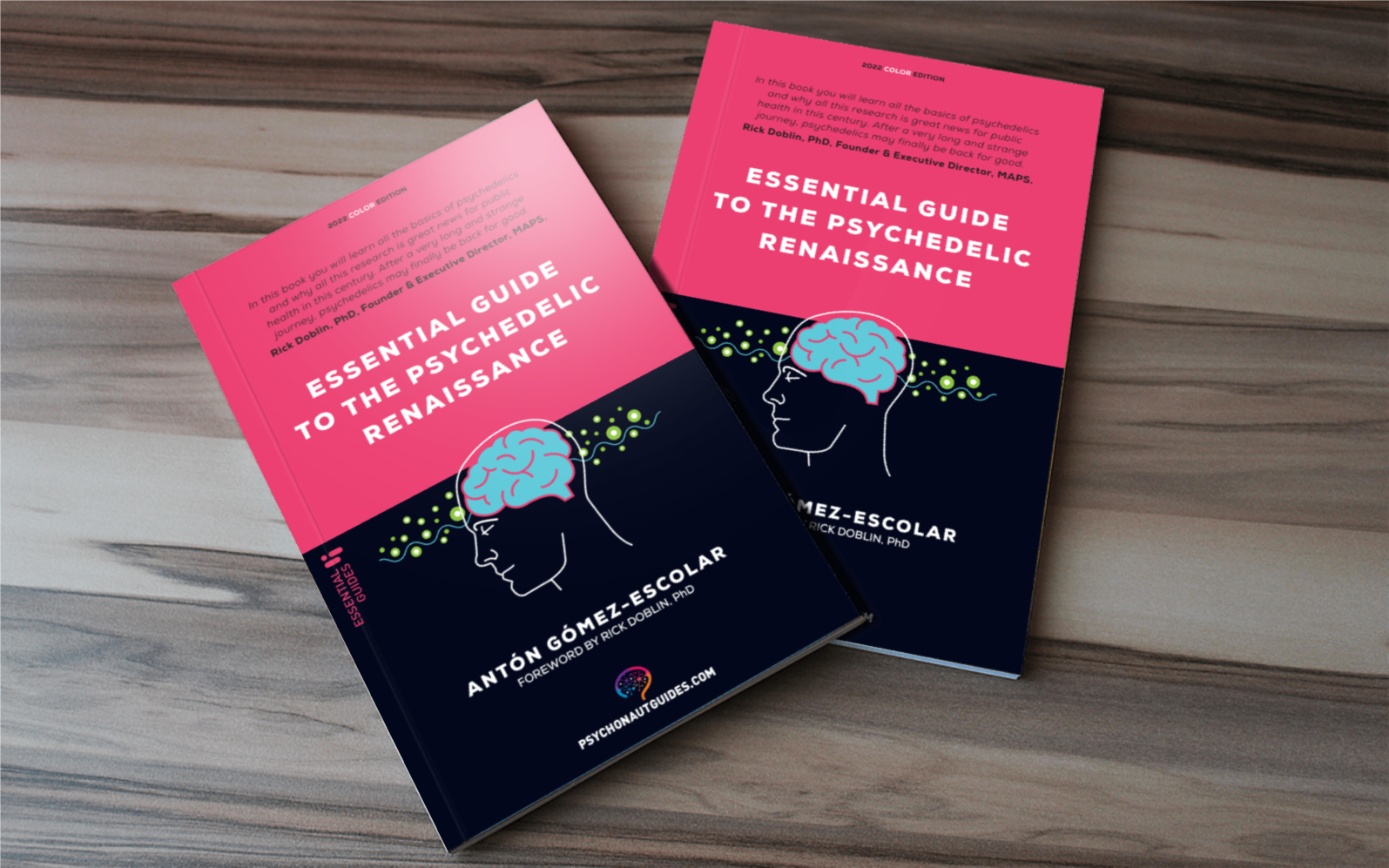By Gabriel García April 12, 2023
Psychedelic drugs have become a topic of increased interest in recent years due to their potential therapeutic benefits in treating a range of mental health conditions. However, as with any drug, there are risks involved in their use. In this article, we will explore the risks of psychedelic drugs and the safety considerations that should be taken into account.
As Anton Gomez-Escolar tells us in the Essential Guide to the Psychedelic Renaissance, the risks of psychedelic drugs depend on various variables. These include the type of substance, dose, frequency, purity, adulterations, route of administration, user’s state of physical and mental health, psychological and emotional state, intention, tolerance, combinations with other drugs, social context, legal status, risky activities, and driving. These risks can be reduced but never completely eliminated.
Different categories of psychedelic drugs
Psychedelic substances can be categorized based on their profile. There are those with a stimulant profile, such as DOC, DOM, DOI, and 25i-NBOMe, which combine psychedelic and stimulant risks. On the other hand, there are “pure” psychedelics or “classics” like LSD, psilocybin, and DMT, which have a very low toxicity, even at high doses, and in most cases, no overdose deaths have been recorded in medical literature.
Psychological risks of psychedelic drugs
The main risk associated with psychedelic experiences is psychological. Users may have a difficult experience or “bad trip”, which can lead to a psychotic reaction in people with a predisposition. However, the probability of having a bad trip is low and could be greatly minimized with a set and setting. Long-lasting psychological difficulties resulting from such an experience are very rare, but can occur if the substance is taken without prior experience, in highly uncontrolled environments, without adequate preparation of the user and their context (set and setting).
 Image source: nytimes.com
Image source: nytimes.com
Physical risks of psychedelic drugs
Physical and physiological safety is generally not a concern beyond possible nausea or vomiting, unless the person is driving, falls, or engages in some other physically dangerous activity. In any case, people with a history of cardiovascular disease should refrain from using psychedelic drugs as substances with psychedelic effects can amplify mental states.
Reducing the risks of psychedelic drugs
To minimize the risks associated with psychedelic drugs, it is important to take certain safety considerations into account. These include using them in controlled clinical settings with appropriate professional supervision, avoiding the use of psychedelics in people with known psychosis, bipolarity, or psychotic disorders, or people with a family history of these mental issues. Additionally, using them in a set and setting with a positive mindset, in comfortable and secure contexts, and with trusted companions can also minimize risks.
Psychedelic drugs can be a powerful tool for personal growth and therapeutic purposes, but they also come with risks. It is important to take safety considerations into account to minimize the risks associated with their use. By doing so, users can have a positive and transformative experience without putting themselves in danger. Most of this pharmacology can be seen in Psychedelics and Mental Health, by Irene de Caso and Your Brain on Psychedelics, by Genís Oña, where you will learn the keys to the effects of psychedelics, capable of producing significant changes in the processes of perception, thought and consciousness. The book also includes a prologue written by one of the greatest eminences in this field, José Carlos Bouso, scientific director of ICEERS.

These books are now available on Amazon in physical and eBook format, as well as Apple Books. In addition, all titles are available in Spanish version on GuiasdelPsiconauta.com
All the information in this article has been taken from the Essential Guide to the Psychedelic Renaissance, now available on Amazon.





